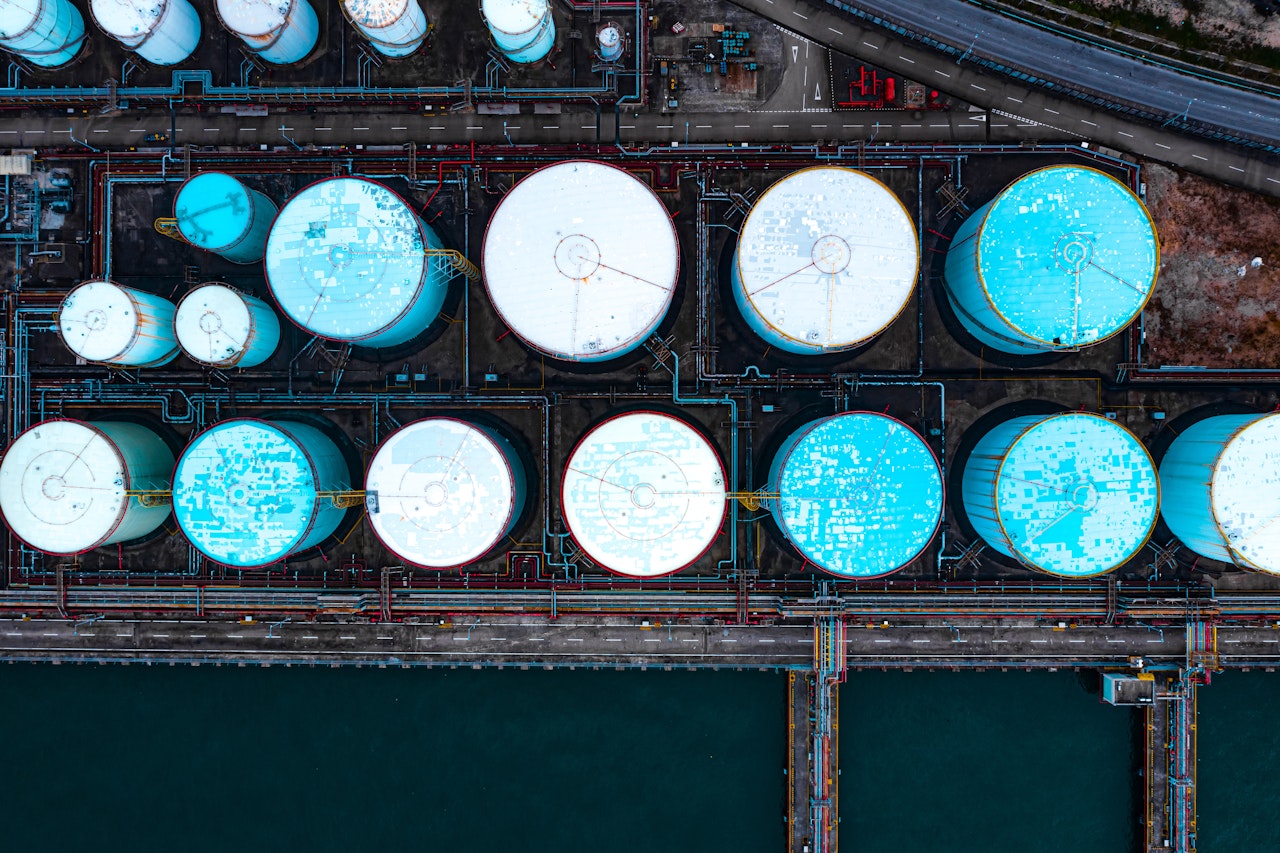Oil Market Report - June 2021

This report is part of Oil Market Report
About this report
Highlights
- Global oil demand is set to return to pre-pandemic levels by the end of 2022, rising 5.4 mb/d in 2021 and a further 3.1 mb/d next year. The OECD accounts for 1.3 mb/d of 2022 growth while non-OECD countries contribute 1.8 mb/d. Jet and kerosene demand will see the largest increase (+1.5 mb/d y-o-y), followed by gasoline (+660 kb/d y-o-y) and gasoil/diesel (+520 kb/d y-o-y).
- World oil supply is expected to grow at a faster rate in 2022, with the US driving gains of 1.6 mb/d from producers outside the OPEC+ alliance. That leaves room for OPEC+ to boost crude oil production by 1.4 mb/d above its July 2021-March 2022 target to meet demand growth. In 2021, oil output from non-OPEC+ is set to rise 710 kb/d, while total oil supply from OPEC+ could increase by 800 kb/d if the bloc sticks with its existing policy.
- Global refinery throughput in 2021 is expected to recover half of the 7.4 mb/d fall in 2020, lagging behind demand growth for refined products as surplus inventories are drawn down. In 2022, refining activity is forecast to increase by 2.4 mb/d. 3.8 mb/d of new capacity coming on line over 2021-22 will be partially offset by 2.3 mb/d of announced closures or conversions to bio-refineries.
- OECD industry stocks held relatively steady in April, at 2 926 mb, but fell 1.6 mb below the pre-Covid 2015-19 average for the first time in more than a year. May preliminary data for the US, Europe and Japan show that industry stocks rose by a combined 17.2 mb. Crude oil held in short-term floating storage declined by 6.8 mb to 99.4 mb in May, its lowest since February 2020.
- Crude prices rose on bullish oil fundamentals and financial markets over the past month, while backwardation steepened on both benchmark crude futures contracts reflecting anticipation of tighter markets ahead. North Sea Dated rose $3.95/bbl in May to $68.54/bbl and reached $69.84/bbl in the first week of June. Tanker freight costs remained weak overall during May.
Recovery stays the course
Our first detailed look at 2022 balances confirms earlier expectations that OPEC+ needs to open the taps to keep the world oil markets adequately supplied. Global oil demand will continue to recover and, in the absence of further policy changes, by end-2022 reach 100.6 mb/d. Non-OPEC+ production is also set to rise, but gains are nowhere near the levels needed to prevent further stockdraws. In April, OECD total industry stocks fell 61.3 mb below their 2016-2020 average. The pace at which the OPEC+ cuts can be unwound will depend not only on the success in containing the spread of the virus and demand growth but also the timing of the eventual return of Iranian barrels to the market.
Following a record decline of 8.6 mb/d in 2020, global oil demand is forecast to rebound by 5.4 mb/d in 2021 and a further 3.1 mb/d next year, to average 99.5 mb/d. By end-2022, demand should surpass pre-Covid levels. The recovery will be uneven not only amongst regions but across sectors and products. While the end of the pandemic is in sight in advanced economies, slow vaccine distribution could still jeopardise the recovery in non-OECD countries. The aviation sector will be the slowest to recover as some travel restrictions are likely to stay in place until the pandemic is brought firmly under control. Gasoline demand is also expected to lag pre-Covid levels, as continued teleworking practices and a rising share of electric and more efficient vehicles provide an offset to increased mobility. Petrochemicals will be boosted by robust demand for plastics, while global trade supports bunker demand.
Meeting the expected demand growth is unlikely to be a problem. Even after boosting oil production by around 2 mb/d over the May-July period, OPEC+ will have 6.9 mb/d of effective spare capacity. If sanctions on Iran are lifted, an additional 1.4 mb/d could be brought to market in relatively short order. As for those producers outside the alliance, output growth is set to accelerate from 700 kb/d in 2021 to 1.6 mb/d next year. The US leads 2022 gains, adding more than 900 kb/d to total supply, followed by Canada, Brazil and Norway. That leaves non-OPEC+ output well above 2019 levels. By contrast, even if OPEC+ producers were to fill the gap created by demand growth, the bloc’s output would still be more than 2 mb/d below the 2019 average.
The refining sector, meanwhile, is expected to remain under pressure. In 2022, demand for refined products will still be below 2017 levels. Following net capacity additions of 3.3 mb/d over the 2017-20 period, a further 1.5 mb/d of new net crude distillation capacity will come online in 2021-22. This means that global average utilisation rates reach 78%, limiting any rebound in refinery margins from the depressed 2020-21 levels.
The forecast also highlights the challenges outlined in the IEA’s recently released Net Zero by 2050 - A Roadmap for the Global Energy Sector. This roadmap notes that most pledges by countries are not yet underpinned by near‐term policies and measures. In the meantime, oil demand looks set to continue to rise, underlining the enormous effort required to get on track to reach stated ambitions.